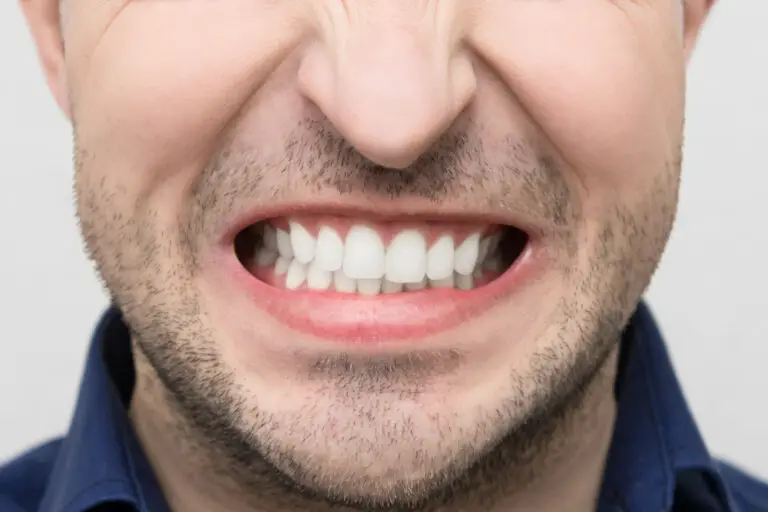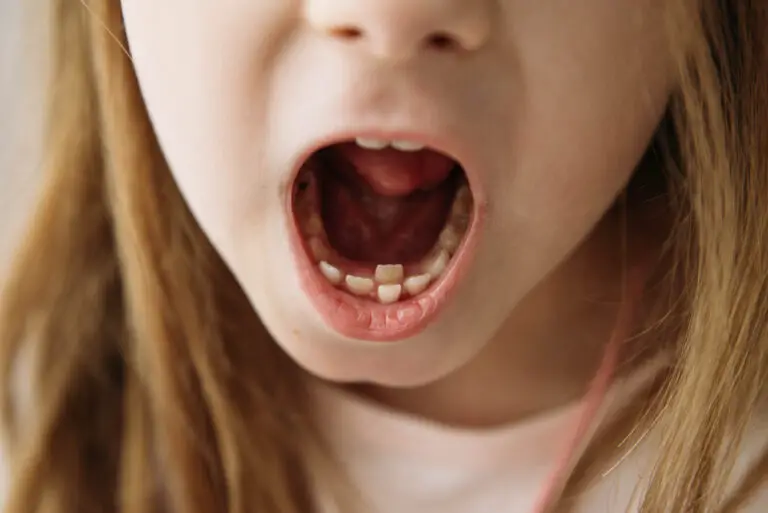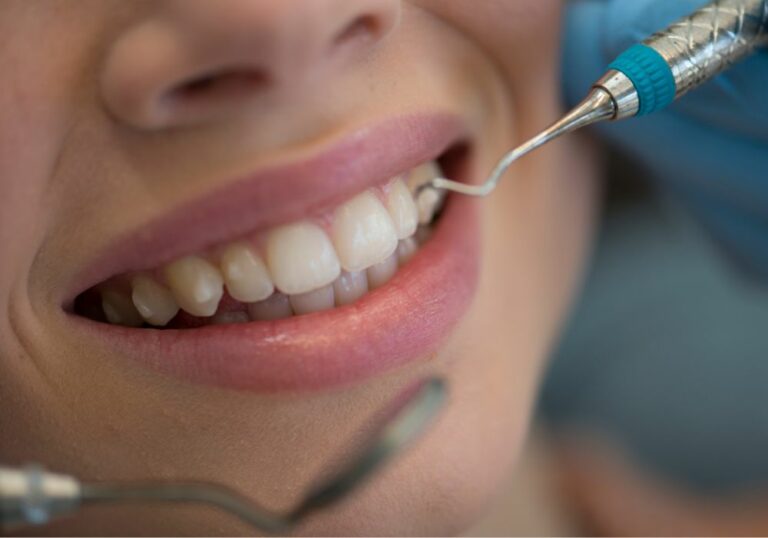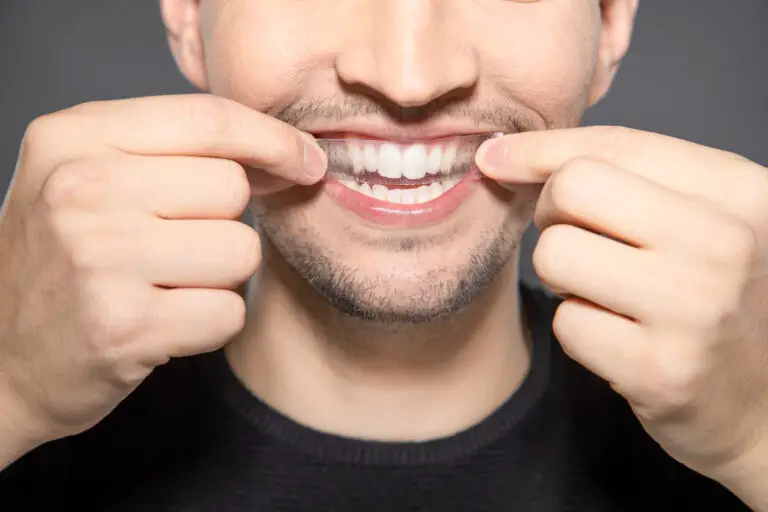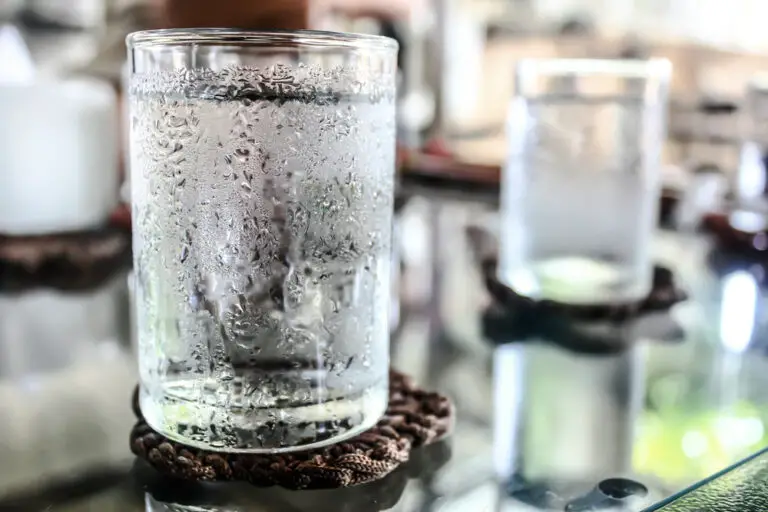An overview of the risks posed by teeth
Teeth may seem harmless, but they can actually pose significant health and safety risks if not properly handled and disposed of. Teeth contain blood, tissue, and other biological materials that can spread infection. They are considered medical waste and require special handling to avoid transmitting diseases.
So why exactly are teeth considered a biohazard? There are a few key reasons:
1. Bloodborne pathogens
Teeth contain residual blood and bodily fluids. These fluids may contain dangerous pathogens like HIV, hepatitis B and C, herpes viruses, and other viruses and bacteria that cause illness.
Specifically, the blood and gum tissue on extracted teeth or shards can harbor viruses like hepatitis B and C as well as HIV if the patient has an infection. These viruses can survive for some time outside the body. Accidental contact with contaminated blood, even dried blood, poses a real hazard.
Hepatitis viruses and HIV can be transmitted through accidental ingestion, mucous membrane contact, or permeation through cuts and wounds. Other microbial contaminants in saliva and gingival crevicular fluid also present risks. There is the potential for life-threatening illnesses if proper precautions are not taken.
2. Infectious tissues
The pulp inside teeth contains nerves, blood vessels, and connective tissue. Even after a tooth is extracted, this tissue can remain infectious.
The moist, vascular pulp provides an ideal environment for bacteria to grow, particularly if a tooth was extracted due to infection. Pathogens can remain dormant inside for extended periods. The pulp harbors many of the same bacterial strains found in gum disease, cavities, and abscesses.
Microbes can then spread from the pulp to other patients through accidental contact. Bacteria could also leak out over time from small fractures in the tooth surface. Damaged teeth may have visible cracking. But bacteria can also slowly seep out of microscopic pores. This underscores the need for appropriate handling even with teeth that appear intact.
3. Prions
There is a small risk that prions could be transmitted through extracted teeth. Prions are misfolded proteins that can cause rare neurodegenerative diseases like Creutzfeldt-Jakob disease (CJD).
Prions exhibit unusual resistance to standard decontamination methods. They can bind to steel surgical instruments such as drills, files, and forceps. If not properly sterilized, prions could theoretically be passed between patients via contaminated instruments. Dental procedures may provide an avenue for cross-infection through contact with extracted teeth as well.
While not a routinely identified hazard, the prion risk merits the use of single-use disposable instruments whenever possible as an added precaution. Virucidal disinfectants are also more effective than standard cleaners against these pathogens.
4. Mercury exposure
Many dental restorations and fillings contain elemental mercury. Continual low levels of mercury vapor are released as fillings deteriorate over time. Older amalgams contain higher mercury content and have a greater likelihood of crack and fracture with age.
During extraction, portions of broken amalgam may contaminate the operative field. Amalgam waste accumulates on bitewings, suction filters, gauze, and in extracted teeth. If released into the environment through improper clinical waste disposal, mercury from amalgams can contribute to air and water pollution.
Workers may be exposed to a greater degree of elemental mercury during amalgam removal. Dental staff and patients could inhale or ingest vapor and particulate during extraction procedures. This represents an occupational health risk requiring appropriate safety measures.
5. Visible blood and roots
Often extracted teeth have visible blood remnants and tissue attached to the roots. They cannot simply be placed in the trash like fingernail clippings or hair because of the likelihood of bloodborne pathogen transmission.
Extracted teeth present a high risk of infection compared to cleaned and processed human remains like bones or teeth used in education and research. Those have been thoroughly disinfected to remove or seal in any biological materials.
Without treatment, freshly extracted teeth contain considerable cellular debris, protein, and hazardous microbial content. The unsanitized roots and surfaces provide a way for infectious agents to exit the tooth and contaminate the surrounding environment.
How teeth can spread infection?
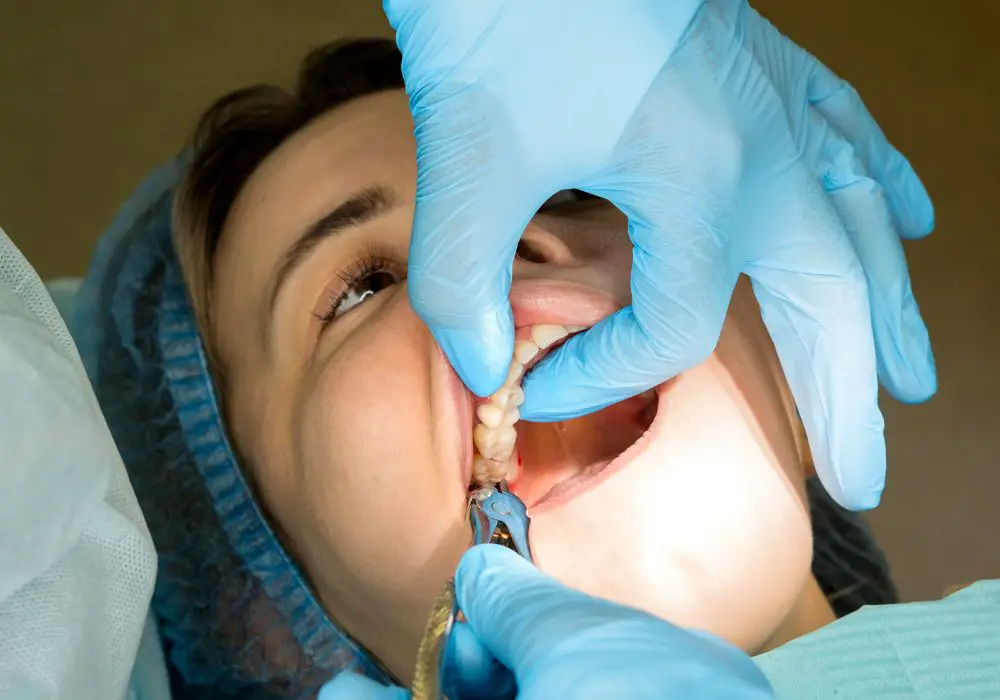
There are several ways that infectious agents can spread through contact with teeth:
1. Direct contact
Touching exposed nerves, tissues, and blood on an extracted tooth could directly transmit microorganisms. Pathogens could enter through small nicks and cuts that are not visible. Workers should wear thick utility gloves to prevent accidental hand contamination when handling specimens.
Similarly, being punctured or cut by a sharp tooth root could introduce pathogens deep into the wound. These injuries provide an avenue for rapid infection. Care must be taken during extractions and when transporting extracted teeth to avoid sharp injury.
2. Indirect contact
Contaminated dental tools, suction and water lines, catch basins, and surfaces could spread infection if not properly disinfected. Screen filters, hoses, and aspiration lines may contain contaminated droplets. Reused instruments, operatories between patients, and specimen containers could retain and transfer microbes.
Thorough cleaning and heat sterilization between each patient inhibits cross-contamination. Additionally, impression materials and dental appliances must be decontaminated and properly stored between uses to prevent disease transmission.
3. Ingestion
Accidentally swallowing contaminated particles from tooth samples could transmit disease. Microbes could also be spread through the splashing of fluids containing blood or saliva into the eyes, nose or mouth. This is why masks, shields, and protective eyewear are essential when working near the mouth.
Care should be taken to avoid touching the face and wash hands before eating or drinking following exposure to specimens. Work area surfaces, carpeting, and clothing could potentially harbor traces of bacteria as well. Decontamination procedures must be comprehensive.
4. Inhalation
Aerosols dispersed into the air during dental extractions commonly contain bacteria and viruses. High-speed handpieces, ultrasonic scalers, and air/water syringes all generate aerosols. Without protective equipment and proper ventilation, these could be inhaled and infect the respiratory system.
Airborne microbes are a particular threat as they can remain suspended for hours and travel far from the source patient. They may also be drawn into adjacent rooms by ventilation systems. Strategic air handling and filtration helps reduce airborne pathogens.
5. Implantation
Inserting contaminated dental matter like bone or tissue grafts from one patient into another could introduce pathogens that cause abscesses, necrosis, and systemic infection. These procedures involve considerable bioburden.
Tooth transplants also come with infection risks if the donor tooth was not properly screened and sterilized. Similarly, improperly handled extracted teeth used for educational purposes could expose students and instructors during laboratory exercises.
Proper handling, disinfection, and sterilization procedures are crucial when dealing with extracted teeth to prevent passing illness between patients. All dental employees should be comprehensively trained on standard precautions.
Groups at risk from infected teeth
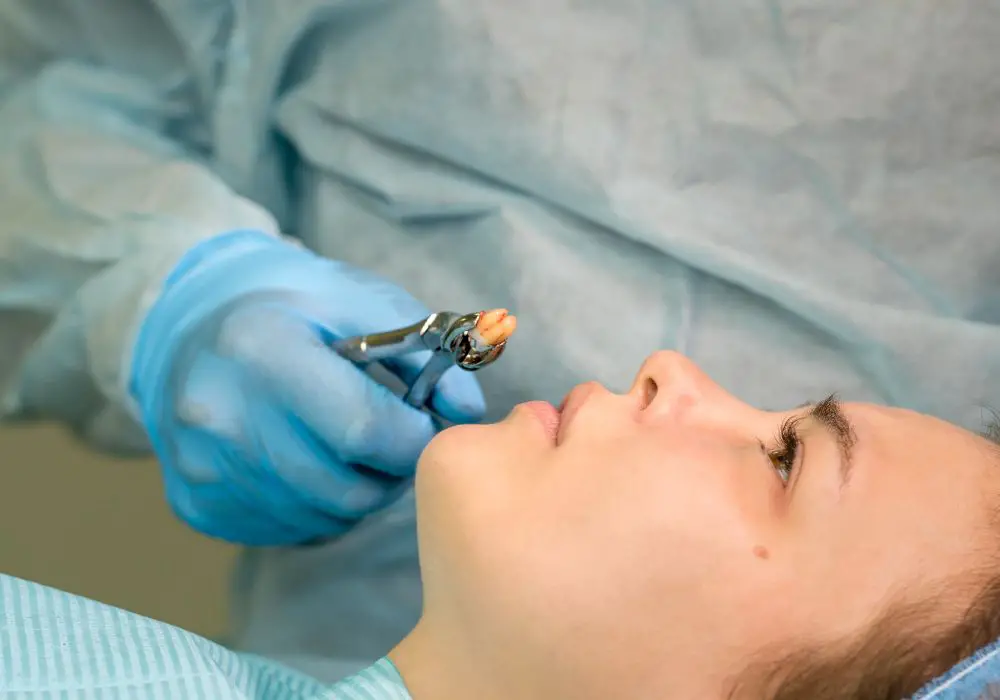
Certain people are at higher risk of infection from contact with contaminated teeth. These groups include:
- Dental professionals – Dentists, oral surgeons, hygienists, assistants, and lab technicians have frequent exposure during procedures. Accidental sticks with anesthetic needles or sharps injuries from burs and scalers also pose risks. Chronic occupational exposure to pathogens in aerosols is also a concern.
- Patients – The immunocompromised, elderly, diabetic, very young or medically frail may have increased susceptibility to pathogens from unsterilized instruments, surfaces, or cross-contamination during treatment. Patients with open wounds, respiratory illness, or who are post-surgical have heightened vulnerability as well.
- Sanitation workers – Those that handle medical waste could come into contact with blood or tissues if teeth are improperly discarded. Janitorial staff responsible for cleaning dental clinics risk repeated exposure to infected waste.
- General public – Improper disposal could expose anyone who encounters medical waste with used gauze, tooth shards, etc. that was not properly contained or destroyed. Pathogens could persist in landfills and then return to infect others through vectors.
Extra precautions need to be taken to protect these populations from infectious teeth and prevent communicable disease transmission in dental settings or through poor disposal.
Levels of biohazard risk from teeth
Not all extracted teeth pose the same level of hazard. The potential biohazard risk depends on several factors:
| Risk Level | Condition of Tooth |
|---|---|
| High | Visible blood present, known to be infected, extracted due to infection |
| Moderate | Potential for interior contamination though no visible blood or obvious infection |
| Low | Superficial contamination unlikely (fully erupted/formed teeth) |
Teeth that present a high immediate risk of infection warrant more stringent precautions during handling, disinfection, and disposal. However, even teeth with no exterior blood or tissue must still be treated as potentially hazardous.
Mitigating risk
Several strategies can help reduce risks associated with handling extracted teeth:
- Assume all specimens are potentially infected
- Employ engineering controls like sharps disposal boxes, ventilation, splash guards
- Use administrative controls like dental dams, patient scheduling
- Provide proper PPE: utility gloves, face shields, respirators
- Disinfect storage containers and instruments between patients
- Sterilize models, dentures, equipment before reuse
- Follow CDC and OSHA infectious disease protocols
A combination of approaches helps protect dental professionals and patients.
Proper handling of extracted teeth
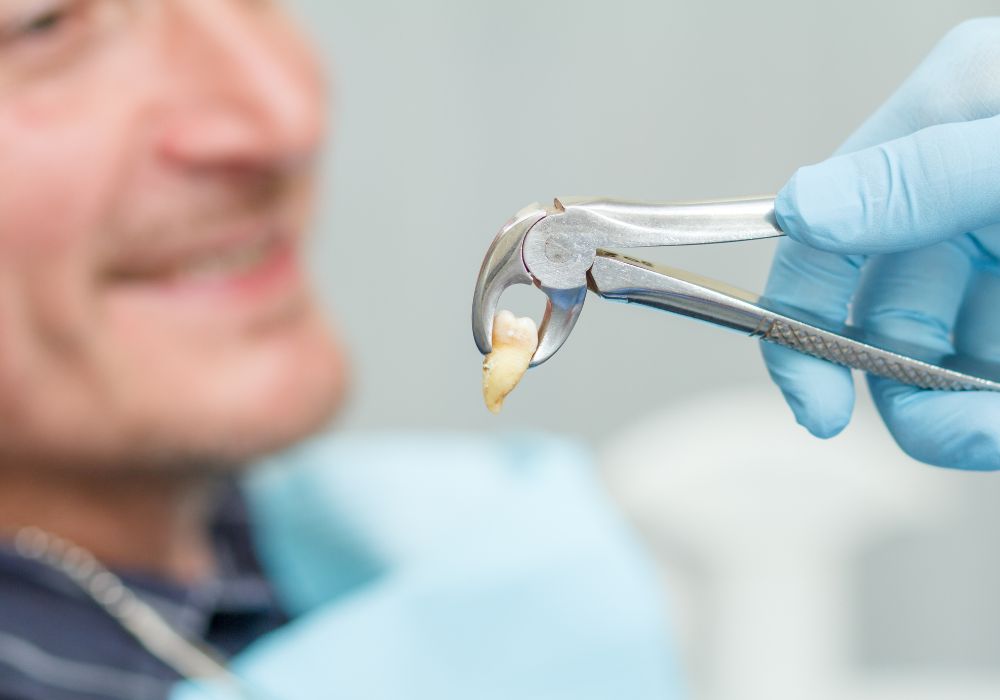
There are strict guidelines for handling teeth before, during, and after extraction to protect healthcare providers and prevent the spread of dangerous pathogens:
- Wear appropriate PPE like gloves, mask, goggles, face shield, gown
- Use dental dams to minimize splatter and aerosols
- Employ high-volume suction near surgical site
- Handle tissues gingerly; avoid crushing or tearing
- Disinfect the exterior of teeth with germicidal wipes containing hospital grade disinfectants after removal
- Carefully place extracted teeth in closable, puncture-proof containers
- Label containers with biohazard symbol
- Transport specimens in sealed, watertight bags
- Clean instruments between patients and immediately disinfect or sterilize after use
- Clean and disinfect surfaces according to EPA-registered disinfectant guidelines
- Clean hands thoroughly after handling specimens
- Never touch eyes, nose, or mouth before decontaminating hands
- Dispose of waste properly as infectious material
- Get vaccinated against hepatitis B
Following universal precautions and CDC infection control guidelines is crucial when extracting teeth to prevent passing illness. Engineering controls like air filtration and administrative protocols like scheduling surgery patients at the start of the day also minimize risks.
The sterilization process
Extracted teeth headed for dental labs for use as models, transplants or educational tools must be thoroughly sterilized. Here are the typical steps:
- Initial decontamination of surface blood and tissue
- Place specimens in vials filled with germicidal or 10% bleach solution for 10-30 minutes
- Transfer to 0.5-2.0% peracetic acid or chlorine dioxide solution for up to 12 hours
- Rinse teeth in sterile water and allow to dry
- Arrange teeth in packs properly sealed for autoclaving
- Steam autoclave teeth at 132°C and 206 kPa for 4 minutes to kill pathogens
- Verify sterilization by holding samples for 72 hours to check for bacterial growth
- Use biological indicators and chemical integrators with each load
- Perform periodic microbiological monitoring tests
This rigorous sterilization process destroys nearly all pathogens, rendering teeth safe for handling without risk of infection. Only adequately disinfected dental samples should be sent from clinics to dental laboratories or educational programs.
Secure disposal protocols
After analysis or testing, extracted teeth are disposed of as regulated medical waste according to OSHA and EPA regulations. Proper disposal prevents contamination that could expose waste management workers, patients, and the public.
- Dispose of gauze, swabs, tissues and cleanup materials in red hazardous waste bags
- Place teeth in designated sharps containers or red bag
- Label containers with biohazard symbol
- Store medical waste bags in secure, restricted areas
- Do not overfill containers past fill line
- Cover containers when not actively adding waste
- Document storage and disposal procedures
- Arrange pickup and transport of medical waste bags by licensed haulers
- Obtain certificate of destruction after off-site incineration
Sharps containers holding teeth and other waste are then properly destroyed:
- Incineration at medical waste disposal facility
- Steam sterilization via autoclaving
- Chemical disinfection with 10% bleach or other high-level agents
- Grinding and discharge to sanitary sewer
Some methods like using plain steam sterilization without grinding may not fully destroy prion infectivity. Incineration is the most certain disposal method.
Consequences of improper handling
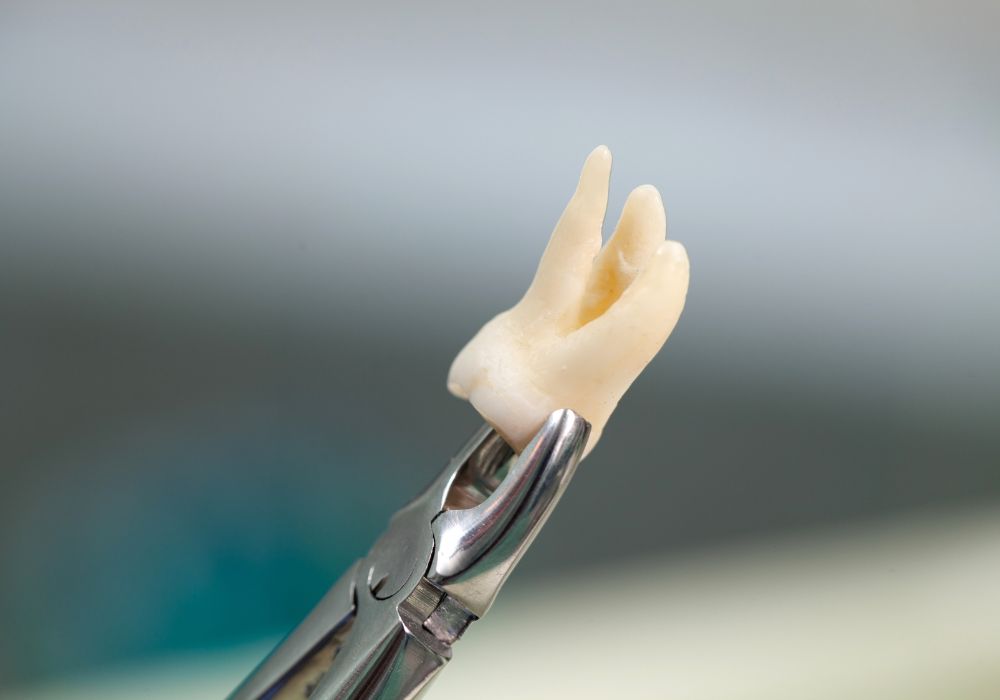
Failure to properly sterilize instruments, dispose of teeth and waste, and follow infection control procedures can cause transmission of dangerous illnesses such as:
- Hepatitis B and C
- HIV/AIDS
- Tuberculosis
- Herpes viruses
- Respiratory viruses like influenza, SARS-CoV-2
- Strep, staph, and antibiotic-resistant bacterial infections
- Pinworms, lice, and other parasites
- Prion diseases
Inadequate sterilization has also caused outbreaks of serious multidrug-resistant bacterial infections among patients, including cases where prions were transmit through contaminated surgical instruments.
Workers may develop acute infections from needlesticks, cuts, inhaling bioaerosols during drilling or scaling, and other occupational exposures. Chronic infections like hepatitis B and C and HIV can result in long-term health decline, organ damage, or cancer. Rigorous safety standards protect both dental professionals and the public.
Ethical considerations
Extracted teeth used for educational or research purposes raise some ethical concerns that practitioners must consider:
- Teeth should only be obtained with the patient’s informed consent
- Individuals have privacy rights to their excised tissues
- Appropriate consent preserves autonomy and trust
- Storage, transfer, and use should protect confidentiality
- Research studies may require ethics board approval
- Transparency ensures teeth are obtained and handled ethically
Key takeaways
- Extracted teeth contain blood and tissues that harbor pathogens. They require cautious handling and disposal as infectious waste.
- Contaminated surfaces, tools, and aerosols can also spread illness if proper disinfection protocols are not followed.
- Those at high risk include dental workers, patients, waste handlers, and the general public.
- There are strict protocols for safely handling, sterilizing, containing, and properly destroying teeth after extraction.
- Improper sanitation procedures could have serious health outcomes, including HIV, hepatitis, antibiotic-resistant infections and more.
- All staff should follow CDC and OSHA infection control guidelines to ensure teeth do not pose avoidable biohazards.
With education, proper training, safe handling practices, disinfection, and regulated disposal, the hazards posed by extracted teeth can be minimized to protect public health.
Frequently Asked Questions
Why can’t I just throw extracted teeth in the regular trash?
Throwing extracted teeth in the regular trash could transmit pathogens and lead to infection outbreaks. Teeth can harbor dangerous viruses like hepatitis B and HIV. Only licensed regulated medical waste facilities have proper incineration and sterilization equipment to render teeth non-infectious before disposal.
What diseases could potentially be transmitted by infected dental waste?
Some diseases that spread from contaminated waste include HIV, viral hepatitis, herpes, tuberculosis, antibiotic-resistant bacteria, pinworms, respiratory illnesses like flu or COVID-19, and prion diseases if sterilization is inadequate. Proper handling and disposal protocols aim to prevent transmission via waste.
Do dentists have to take any special precautions when extracting teeth?
Yes, dentists must follow rigorous infection control procedures when extracting teeth to prevent illness. This includes PPE, dental dams, high-volume suction, germicidal wipes, placing specimens in closed leakproof biohazard containers, and meticulous disinfection. Hand hygiene before and after gloves is also critical.
How long can pathogens survive in an extracted tooth?
Pathogens can remain dormant inside the moist pulp tissue of an extracted tooth for weeks to months. Teeth should always be treated as potentially infectious even after prolonged storage due to this persistent contamination risk. Sterilization is required for long-term banking.
What are the essential steps to properly sterilize teeth for reuse?
Teeth to be reused must undergo disinfection, rinsing, drying, sealing, and steam autoclaving at 132°C for 4 minutes to destroy pathogens. Verification of sterility through incubating samples for at least 72 hours is also required. Appropriate biological indicators confirm the sterilization process was effective.

